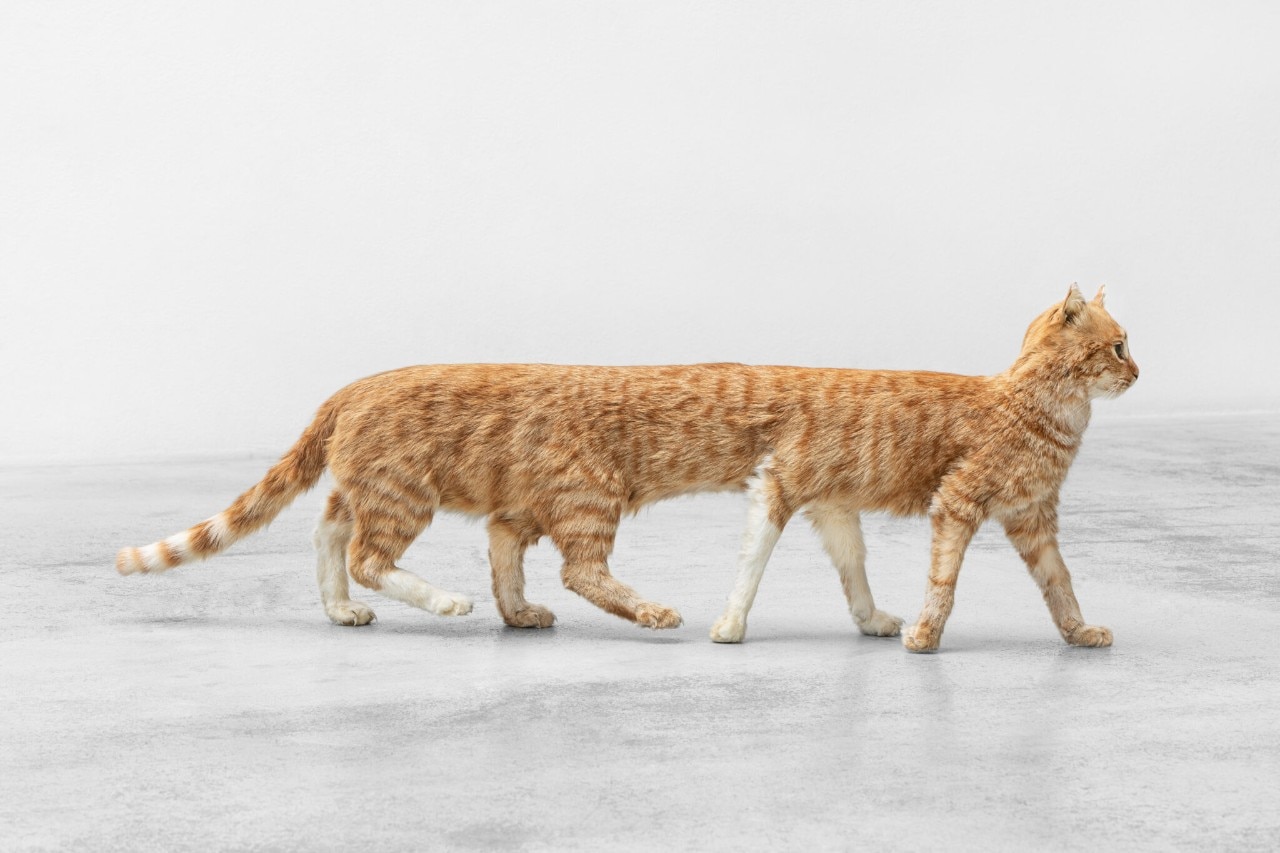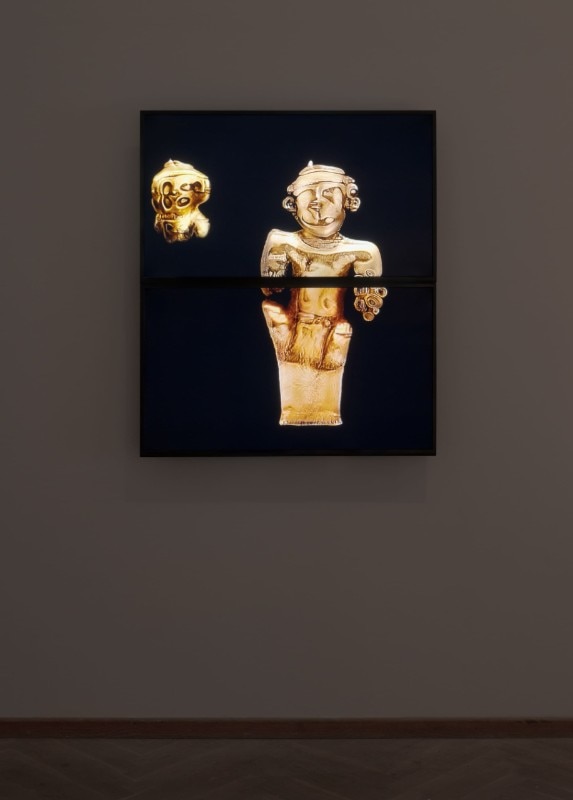With the acceleration of the technological process, everyday life is increasingly dotted with complex systems that we cannot interpret, from big data to algorithms, through the smartphone and artificial intelligence.
In its final stage, this datafication of reality leads to a global distortion (of images and information) that alters the cultural space-time, making it impossible to distinguish past and present, between reality and deep-fake. This according to Nadim Samman, the curator of the exhibition “Poetics of encryption”, which after its debut at the KW Institute in Berlin has opened at the Kunsthal Charlottenborg in Copenhagen.
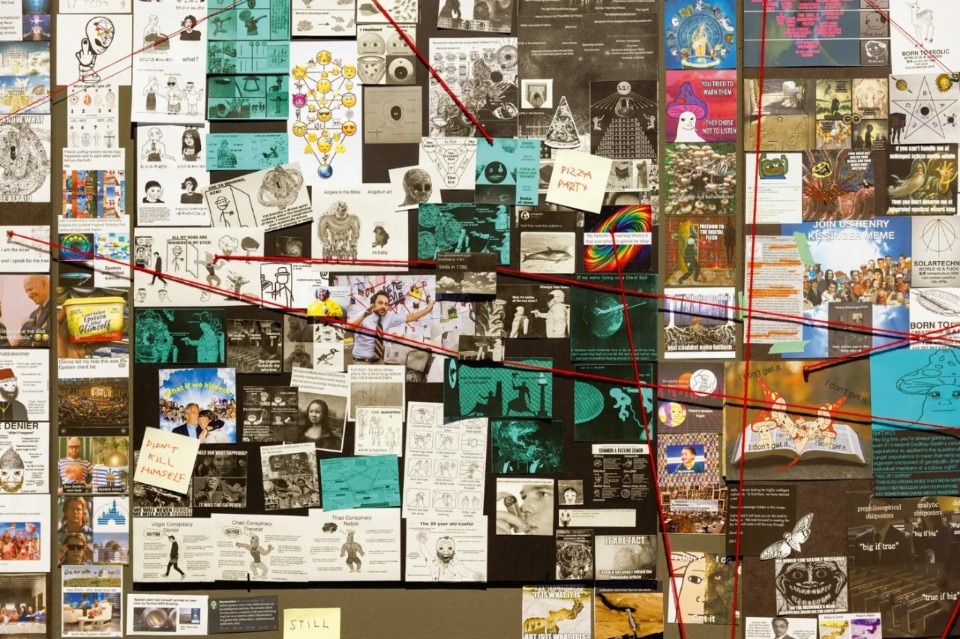
What does it mean to live in a world that you can no longer understand? The question is still unanswered, and in fact, as Samman states, “this show is not a prescription. It’s a diagnosis”. Yet, the feeling (and the fear) of the unknown is something that us humans has been struggling with since the beginning of times, and as a copy mechanism “artists have been trying to make pictures of the unknown since the beginning of art, or they’ve been trying to speak to the unknown, speak to the unknowable, speak to the mystery of God, for example. The history of art is mostly that until modernism. Make an image of that thing which is beyond our understanding”.
What has changed with technological acceleration is that, of course, technology is man-made, therefore we have a higher expectation for us to understand it. Instead, we find ourselves using tools and devices that we created without knowing how they work, and when we discover that we cannot actually make sense of it through, then “it produces a psychological irritation, and it produces a feeling of political disempowerment”. This happens when we are locked out.
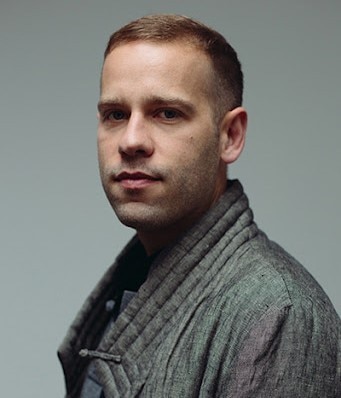
Some of the artists conceive their artistic operations because they are locked in the technology, and they’re trying to find a way out (as the first chapter of the exhibition points out); other artists picture the state of being intellectually locked out of ubiquitous consumer and industrial products (as the black box chapter in the show). Therefore, in this metaphor, the body turns out to be the tool to locate ourselves into this unknown environment, as a means to acknowledge our identity and what surrounds us. Until you can locate yourself inside or outside, you can try to bridge that gap between us and the otherness.
The history of art is mostly that until modernism. Make an image of that thing which is beyond our understanding.
Nadim Samman
“When we ask ‘where am I in relation to this?’”, explains Samman, “we are operating using spatial metaphors and imaginations of embodiment”. Of course, information is not spatial and code is not body, but there are two “spaces” that overlap and interact: the digital and the physical space. And then, “when you get to that point where you can’t see yourself inside it or outside it or anywhere”, concludes Samman, “then you really reach a crisis of meaning. You enter the world of post-truth”. And that’s when we enter the black hole.
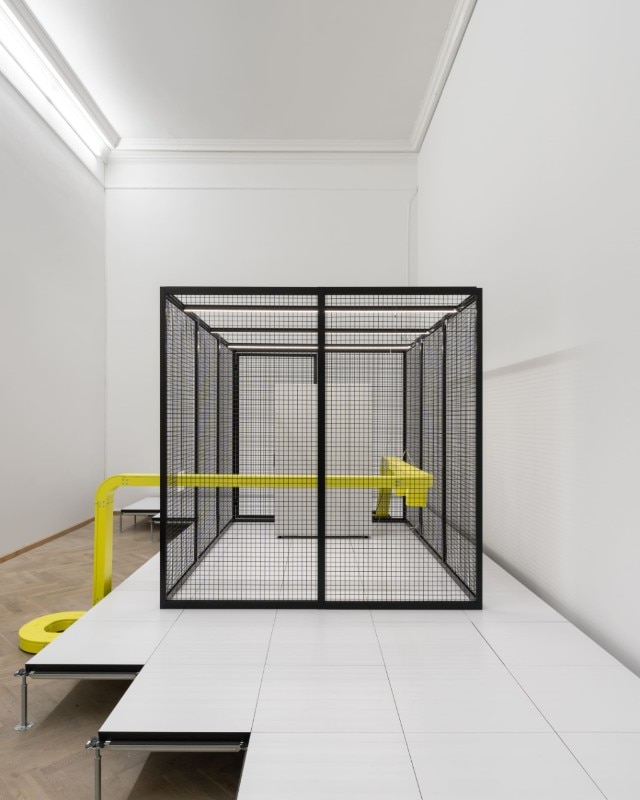
And when this happens, there comes the distortion of the cultural space-time. How to navigate this chaos? As the curator points out, you cannot see into a black hole, but you can observe how it distorts everything around it, because the universe literally looks different around it. Therefore, even if you can’t actually decipher the complexity of reality, you can still see the distortions that are born from it: creatures of the unknown like Panorama cat by Eva and Franco Mattes, which “announced the threshold before total datification, point of no return”, states Samman. “Or all of these distortions, they’re exemplary, and they all act like sphinxes. They’re monsters, they’re gargoyles, they guard their entrance, or they announced the threshold.
The challenge is to take this proliferating parade of monsters and try to find a way to make kin with them, to live with them. Draw them into the narratives that we have, the stories that we tell about who we are and what we want. If we can’t do that, then we really are lost”. Our ability of making kin has to go just as fast as this overwhelming generation of monsters, always keeping in mind that “it runs a lot of risk because, for instance, trying to make sense of the memescape and wrap it all up into something that you can live with. That breeds things like QAnon, which is the ultimate chimera of politics and meme culture. So it’s not a simple operation”.
Opening image: Eva & Franco Mattes, Panorama Cat, 2022. Courtesy of the artists.
- Exhibition:
- Poetics of Encryption
- Location:
- Kunsthal Charlottenborg, Copenhagen
- Dates:
- From 28th september 2024 to 12th January 2025

